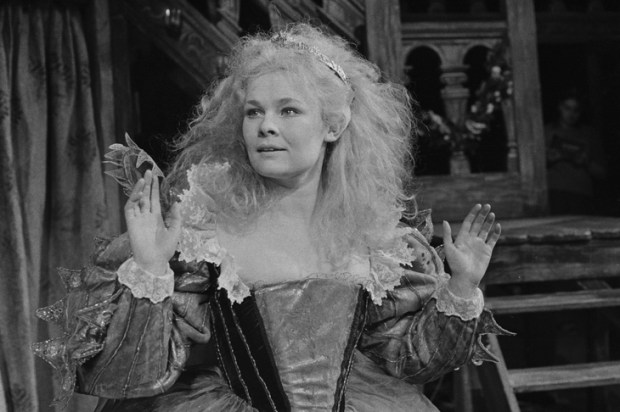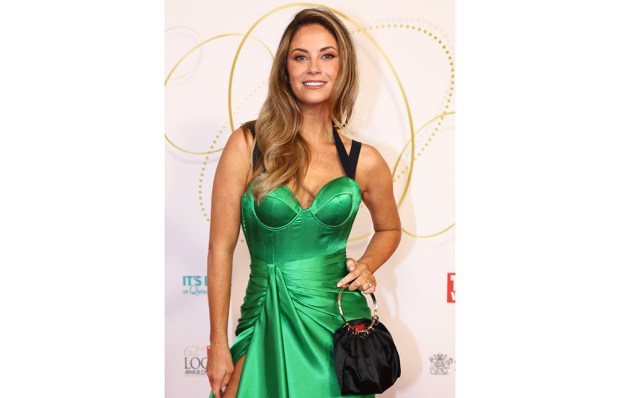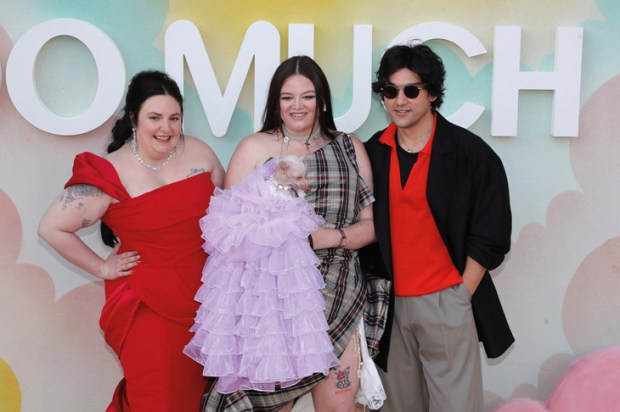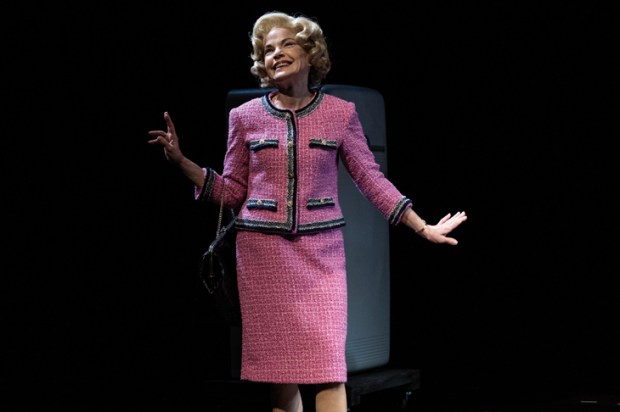The National Gallery has been gifted Edvard Munch’s Man with Horse and its acquisition brings to mind James Mollison, the legendary director of the gallery, who famously bought Jackson Pollock’s Blue Poles in 1973 for $A1.3 million. In August 2024 the National Gallery bought a Gauguin painting for $US6.5 million.
The blue roof (or Farm at Le Pouldu) like the Munch, was a grand contribution to the National Gallery’s collection of post-Impressionist painting and one which is very much in the tradition of a masterly gallery director like Mollison.
It’s fascinating that James Mollison did not have any conventional university background (any more than Bernard Smith had) though Smith not only went on to head the Power Institute but to make a notable contribution to history proper, not just art history, in European Vision and the South Pacific.
And, of course, Robert Hughes never took his degree at Sydney University. There’s the memory of Bob Hughes saying that James Mollison had said to him, ‘You all come home to die.’ Robert Hughes said something like, ‘I felt the black feather of mortality touch my neck.’
Well, he didn’t quite come back like that though that fateful road accident can hardly have helped. The story goes that as he lay in the ruins of his car which could have burst into flames at any instant he prayed with passionate vehemence, ‘Please God let me live to write a masterpiece.’
The funny thing is that he had already written one in his great book about the convicts, The Fatal Shore. It was Bernard Smith, reviewing it in Scripsi who said – with a generosity all the more impressive because he had always thought Hughes was in for the easy ride – ‘He has done what Michelet did for the people of France when he took their revolution and gave it back to them as a form of folk experience.’
No one has ever given more of the drama that underlies art – the battlefields of the Western Front, Sherman led by the goddess Nike in the great equestrian statue in Central Park – but in The Fatal Shore he re-figured the convict story and its legacy with the breadth and detail of a great painter. Never mind the way he dismissed his younger self as the greatest De Kooning imitator in the Southern Hemisphere: when he describes the old prostitute in Kings Cross singing ‘The Wild Colonial Boy’ in the broken voice of a mother’s lament he is an incomparable artist, never mind the medium.
Richard Allen has described how James Mollison would look at the widest range of work by a great painter and know instinctively what to acquire.
Allan Mitelman, a painter and printmaker who knew the vivacity of irony, left us the other week. He loved wordplay, the more absurd the better, as well as jazz (which he played). He was also the subject of Lewis Miller’s 1998 Archibald-winning portrait which captures his essence. You would see Mitelman at the theatre shrugging at the interval about his ignorance and fooling no one. May the earth lie light upon him.
It was a humbling thing to catch up with the film that swept to conquest at the Oscars a couple of months ago, Anora. How easy it was to imagine that it was just another novelty film with a young cast where it was actually extraordinary and utterly original.
Sean Baker directs the story of Ani, a lap dancer in lower Manhattan, who has a torrid time cavorting with a rich gorgeous boy, the son of a Russian oligarch. She falls so in love with him that they fly to Las Vegas to get married.
Then completely and torridly she loses track of him. The film is hilarious and heartbreaking at the same time and it is both rawly sexualised and intricately sensitive to delineating the places of the heart. Mikey Madison as Ini gives a performance of extraordinary vibrancy and depth of feeling and Mark Eydelshteyn as the young Russian spoilt brat is a wonder to behold.
We were so knocked out by Anora that we turned to Sean Baker’s 2017 film The Florida Project which presents the panorama of a woman in a rundown Florida motel and the chorus of children to whom she is (in her way) dedicated. Willem Dafoe gives a superb understated performance in tandem with Bria Vinaite who can be construed – tragically – as a bad mother.
Someone said to me recently that Spanish was the most musical of languages and the Spanish Film Festival in June was announced a few days after the death of Mario Vargas Llosa. To say he was sometimes an uneven writer – in, say, The Dream of the Celt (his Roger Casement novel) – is entirely misleading given masterpieces like Conversation in the Cathedral or The War of the End of the World. He was a modernist who could take on any subject and create multiple effects like magic. Death in the Andes has sequences as unforgettable as any in literature and a novel like Aunt Julia and the Scriptwriter is as fresh and joyful and melancholic today as it was when it was published in 1982.
It’s not that he was actually like Faulkner but he had the same deep and mysterious command of dramatic orchestration so that two distinct worlds could collapse and coalesce in one extraordinary tapestry of double writing.
Vargas Llosa was a magnificent figure at a 2005 Rolex dinner in New York. Vibrant-eyed and like a great Don, though an actual not a quixotic one.
He went through a period of being a lefty but became a fan of Thatcherism and the economic rationalist variation on liberal democracy. In 1990 he ran for office in his native Peru but lost to Fujimori and his account of this in A Fish in the Water is an extraordinary one.
Spanish is a language we hear in the streamers – there’s one of A Hundred Years of Solitude – but how extraordinary it was to see ABC America’s David Muir playing a clip of himself interviewing Pope Francis in Spanish in which the Pope asks a young girl to sing. SBS has great virtues but it’s quaint to have it introduce such American news of quicksilver brilliance with an apology that it may not reach their standards.
Politics aside, each man, the pontiff and newscaster, was presenting his masterpiece.
Got something to add? Join the discussion and comment below.
You might disagree with half of it, but you’ll enjoy reading all of it. Try your first month for free, then just $2 a week for the remainder of your first year.













